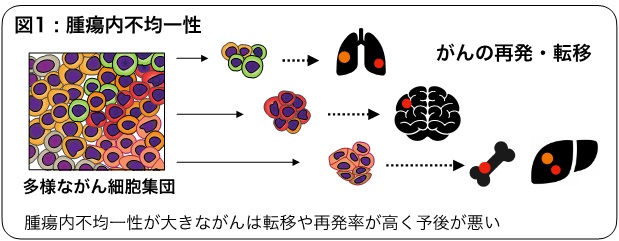2024-04-08 カロリンスカ研究所(KI)

<関連情報>
- https://news.ki.se/preventive-angioplasty-does-not-improve-prognosis
- https://www.nejm.org/doi/full/10.1056/NEJMoa2314149
心筋梗塞患者におけるFFRガイド下の完全PCIと原因のみのPCI FFR-Guided Complete or Culprit-Only PCI in Patients with Myocardial Infarction
Felix Böhm, M.D., Ph.D., Brynjölfur Mogensen, M.D., Thomas Engstrøm, M.D., Ph.D., Goran Stankovic, M.D., Ph.D., Ilija Srdanovic, M.D., Ph.D., Jacob Lønborg, M.D., Ph.D., Sammy Zwackman, M.D., +16, for the FULL REVASC Trial Investigators
New England Journal of Medicine Published:April 8, 2024
DOI: 10.1056/NEJMoa2314149
Abstract
BACKGROUND
The benefit of fractional flow reserve (FFR)–guided complete revascularization in patients with ST-segment elevation myocardial infarction (STEMI) and multivessel coronary artery disease remains unclear.
METHODS
In this multinational, registry-based, randomized trial, we assigned patients with STEMI or very-high-risk non-STEMI (NSTEMI) and multivessel disease who were undergoing primary percutaneous coronary intervention (PCI) of the culprit lesion to receive either FFR-guided complete revascularization of nonculprit lesions or no further revascularization. The primary outcome was a composite of death from any cause, myocardial infarction, or unplanned revascularization. The two key secondary outcomes were a composite of death from any cause or myocardial infarction and unplanned revascularization.
RESULTS
A total of 1542 patients underwent randomization, with 764 assigned to receive FFR-guided complete revascularization and 778 assigned to receive culprit-lesion-only PCI. At a median follow-up of 4.8 years (interquartile range, 4.3 to 5.2), a primary-outcome event had occurred in 145 patients (19.0%) in the complete-revascularization group and in 159 patients (20.4%) in the culprit-lesion-only group (hazard ratio, 0.93; 95% confidence interval [CI], 0.74 to 1.17; P=0.53). With respect to the secondary outcomes, no apparent between-group differences were observed in the composite of death from any cause or myocardial infarction (hazard ratio, 1.12; 95% CI, 0.87 to 1.44) or unplanned revascularization (hazard ratio, 0.76; 95% CI, 0.56 to 1.04). There were no apparent between-group differences in safety outcomes.
CONCLUSIONS
Among patients with STEMI or very-high-risk NSTEMI and multivessel coronary artery disease, FFR-guided complete revascularization was not shown to result in a lower risk of a composite of death from any cause, myocardial infarction, or unplanned revascularization than culprit-lesion-only PCI at 4.8 years. (Funded by the Swedish Research Council and others; FULL REVASC ClinicalTrials.gov number, NCT02862119.)



